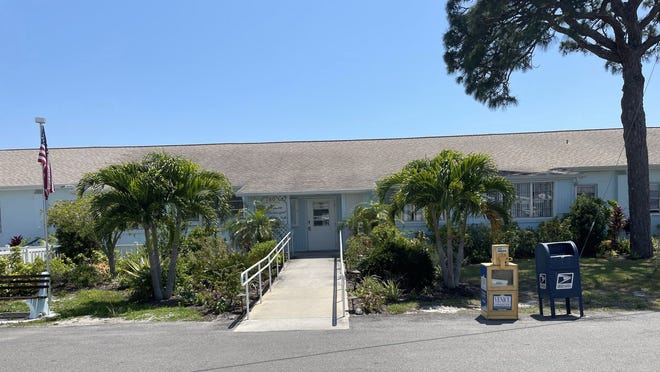VENICE – The Venice City Council has unanimously approved placing one of the last remaining buildings at the Venice U.S. Army Air Base, used to train soldiers in World War II, on the Local Register of Historic Resources.
Earlier this year, City Councilman Ron Smith proposed putting the Venice Municipal Mobile Home Park Community Center on the local register because it’s the last remaining structure on the original site of the Army Air Base.
A second and final approval of the idea is expected on July 9th.
Once used as a service club offering rest and relaxation to pilots and members of the service units who trained in Venice, the building still retains its original floors, mailbox and kitchen sink.
In 1949, when the old Air Force base was turned into a mobile home park, two original buildings were left intact: the recreation center and library building.
The library was first converted into a washroom and laundry facility and has since been demolished.
As the city prepares for an 18-month 100th anniversary celebration that will begin with the 2025 Venice Holiday Parade, elected officials are beginning to highlight historic landmarks that have no connection to the city’s founding by the Brotherhood of Locomotive Engineers.

In April, the council recommended the Venice Pavilion for listing on the Local Register of Historic Resources, with a view to listing it on the National Register of Historic Places.
In 2022, the council approved placing Union Missionary Baptist Church on the local register of historic resources.
New landscaping standards established for Seaboard District
By a 6-1 vote, albeit with Councilwoman Joan Farrell voting no, the City Council approved second reading of an ordinance that would establish landscaping requirements, including reduced setbacks for indoor parking lots within the Seaboard District.
Farrell opposed the change, saying it would eliminate suburban-style buffer zone requirements used elsewhere in the city.
City planner Josh Law explained the reason for the cuts: “The Seaboard wants builders to build against the rights of way to enhance the pedestrian feel.”
Like downtown, businesses don’t have on-site parking, he added.
Council then unanimously approved the formation of the Seaboard Master Plan Stakeholder Group.
City Planning Director Roger Clark said the city could have a master plan for the Seaboard District redevelopment as soon as later this year.
Part of the Seaboard District, once Venice’s industrial district, is within the city limits, while the rest remains unincorporated part of Sarasota County.
Former Venice Mayor John Holick had hoped that Sarasota County would create a community redevelopment area similar to what it did on Dearborn Street in Englewood, spurring redevelopment throughout the Seaboard area, but that never happened.
Councilwoman Helen Moore acknowledged that the county land is still primarily industrial, but said, “They know what we’re doing, and we hope that one day it will blend in with nature.”



